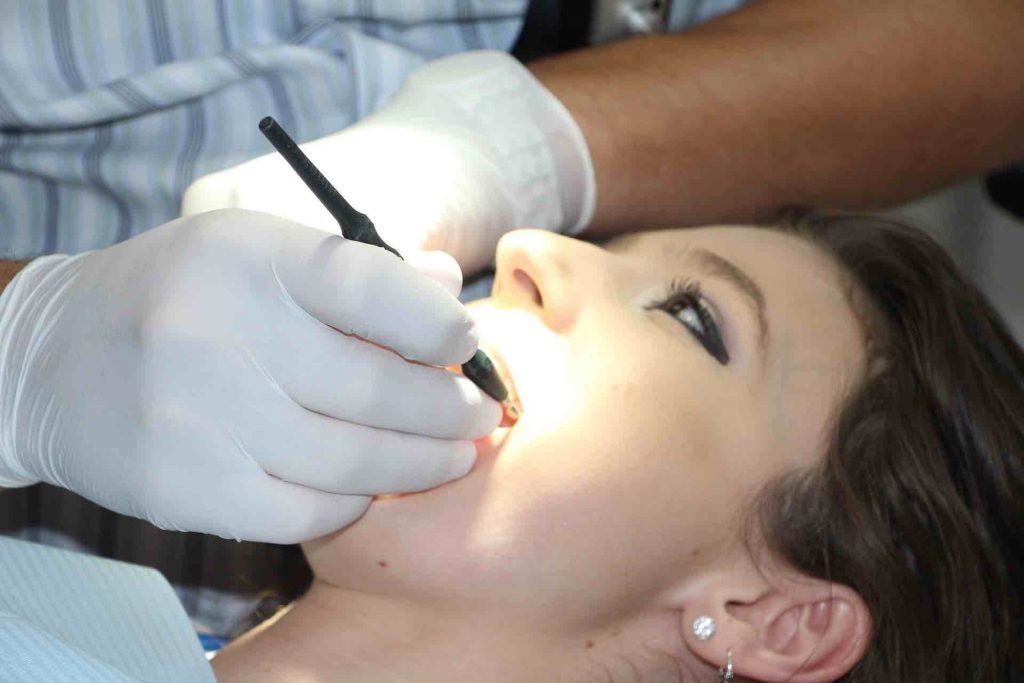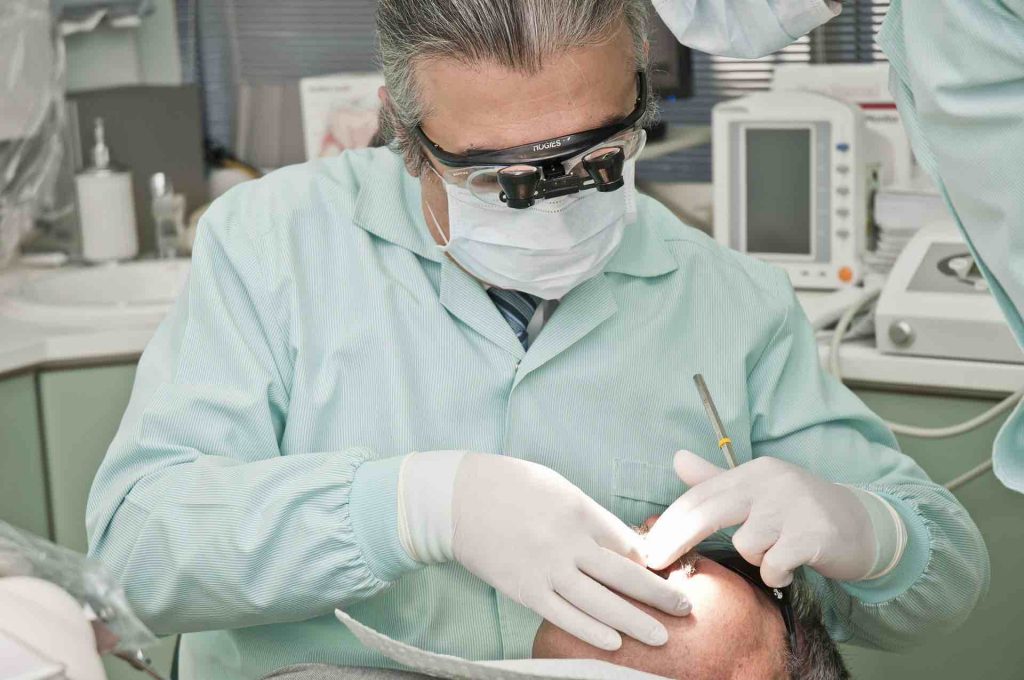
Once a person loses one or some of their teeth, it is very important to consider replacing them as soon as possible in order to minimise the negative impact that this can have on oral health and the body in general.
Not only can it have a drastic impact on a person’s appearance, prematurely aging them as their face sags at the site of the lost tooth, but it can cause remaining, surrounding teeth to shift and cause further problems to a person’s bite and speech.
Nutritional changes that naturally occur as a person finds it difficult to eat certain foods, can also have a detrimental effect on overall body health as well. It is important to limit these impacts by seeking informed advice from one of the helpful professionals at High Dental Implants Melbourne as quickly as possible.
There are two options for replacing teeth, each one coming with their own individual advantages and concerns. Implants are an extremely popular method that involves replacing the tooth root with a metal rod that fuses with the jawbone over time, creating a permanent solution that acts as naturally as the original tooth.
This allows for minimal disadvantages that other treatment options can present with, such as jawbone density loss over time. If the surgical procedure bodes well and a patient carefully cares for their replacement tooth, the issues with infection and rejection are extremely low and a patient can enjoy a healthy and long lasting replacement tooth.
Bridges can either be supported by a tooth implant or can be attached to surrounding teeth with metal wires. This is the other method that is available when it comes to replacing teeth. A dentist will discuss the patient’s suitability for each method and point out any factors to their patients that are unique to their situation.
This allows their patients to make an informed decision about what treatment option is best for them so that they can be comfortable with the choice that they make.
How does an implant work?
A titanium rod is surgically inserted into a precise location using the latest digital scans to ensure maximum comfort and minimal healing time. Titanium is used because it naturally fuses with bone, creating a permanent solution that blends and works with the body.
It can take several weeks for the body to heal after the minor surgery and several months for the body to bond with the implant. A crown or bridge is attached to the implant and great lengths are taken to ensure that replacement teeth look and feel as natural as possible.
Unfortunately, some patients are not suitable for this procedure and it is important to speak with a competent dentist to understand whether one is eligible or not. Those who have underlying health conditions or have gum disease or tooth decay may need to have these concerns dealt with before they continue on with this treatment plan.
Any surgical or invasive procedure carries risks. Before proceeding you should seek a second opinion from an appropriately qualified health practitioner.


